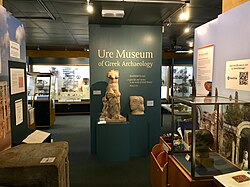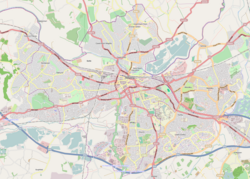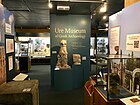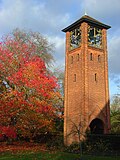
Penn Museum, formerly known as The University of Pennsylvania Museum of Archaeology and Anthropology, is an archaeology and anthropology museum at the University of Pennsylvania. It is located on Penn's campus in the University City neighborhood of Philadelphia, at the intersection of 33rd and South Streets. It also is close enough for Drexel University students to walk or take SEPTA transportation services. Housing over 1.3 million artifacts, the museum features one of the most comprehensive collections of Middle and Near-Eastern art in the world.
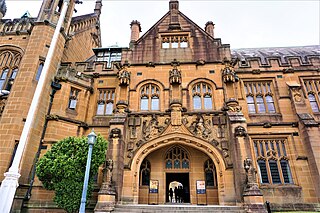
The Nicholson Museum was an archaeological museum at the University of Sydney home to the Nicholson Collection, the largest collection of antiquities in both Australia and the Southern Hemisphere. Founded in 1860, the collection spans the ancient world with primary collection areas including ancient Egypt, Greece, Italy, Cyprus, and the Near East. The museum closed permanently in February 2020, and the Nicholson Collection is now housed in the Chau Chak Wing Museum at the University of Sydney, open from November 2020. The museum was located in the main quadrangle of the University.

The Petrie Museum of Egyptian Archaeology in London is part of University College London Museums and Collections. The museum contains 80,000 objects, making it one of the world's largest collections of Egyptian and Sudanese material. It is designated under the Arts Council England Designation Scheme as being of "national and international importance".
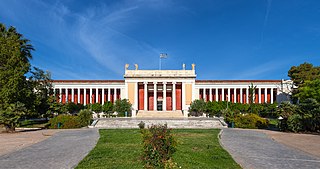
The National Archaeological Museum in Athens houses some of the most important artifacts from a variety of archaeological locations around Greece from prehistory to late antiquity. It is considered one of the greatest museums in the world and contains the richest collection of Greek Antiquity artifacts worldwide. It is situated in the Exarcheia area in central Athens between Epirus Street, Bouboulinas Street and Tositsas Street while its entrance is on the Patission Street adjacent to the historical building of the Athens Polytechnic university.
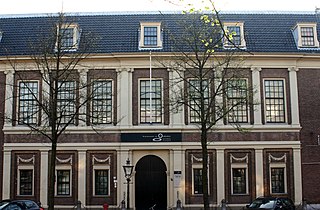
The Rijksmuseum van Oudheden is the national archaeological museum of the Netherlands, located in Leiden. It grew out of the collection of Leiden University and still closely co-operates with its Faculty of Archaeology. The museum calls itself "the national centre for archaeology" and focuses on ancient Egypt, the ancient Near East, the classical world of Greece, Etruria and Rome and the early Netherlands.

Bucchero is a class of ceramics produced in central Italy by the region's pre-Roman Etruscan population. This Italian word is derived from the Latin poculum, a drinking-vessel, perhaps through the Spanish búcaro, or the Portuguese púcaro.

The Allard Pierson Museum is the archaeological museum of the University of Amsterdam. It is situated at the Oude Turfmarkt 127 in Amsterdam, the Netherlands. Artifacts from the ancient civilizations of ancient Egypt, the Near East, the Greek World, Etruria, and the Roman Empire are curated and exhibited in this museum.

Etruscan art was produced by the Etruscan civilization in central Italy between the 10th and 1st centuries BC. From around 750 BC it was heavily influenced by Greek art, which was imported by the Etruscans, but always retained distinct characteristics. Particularly strong in this tradition were figurative sculpture in terracotta, wall-painting and metalworking especially in bronze. Jewellery and engraved gems of high quality were produced.

The University of Liverpool Department of Archaeology, Classics and Egyptology has 40 members of staff and over 300 undergraduate and postgraduate students.
John Nicolas Coldstream,, was an archaeologist and academic specialising in the Ancient Greek pottery of the Geometric Period. He lectured at Bedford College, rising to become Professor of Aegean Archaeology, and then lectured at University College London as Yates Professor of Classical Art and Archaeology. His best known excavation sites are Kythera and Knossos.
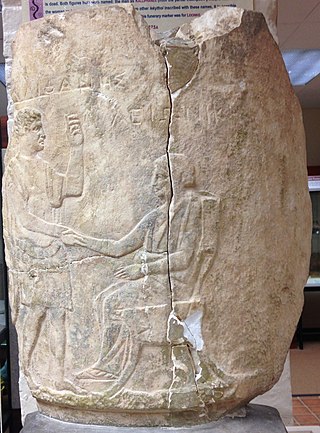
The Museum of Classical Archaeology is the teaching collection of the Department of Classics, Archaeology and Ancient History at the University of Adelaide in South Australia.
Percy Neville Ure M.A. was the University of Reading's first Professor of Classics (1911–1946) and the founder of the Ure Museum of Greek Archaeology at Reading. His wife and former pupil at Reading, Annie Ure (1893–1976), was the museum's first Curator from 1922 until her death. The Ures were experts on Greek and Egyptian antiquities, and particularly Greek ceramics. With Ronald M. Burrows, they undertook important excavations at Rhitsona in Boeotia, Greece.
The Graduate Group in the Art and Archaeology of the Mediterranean World (AAMW) is an interdisciplinary program for research and teaching of archaeology, particularly archaeology and art of the ancient Mediterranean, Egypt, Anatolia, and the Near East, based in the Penn Museum of the University of Pennsylvania.
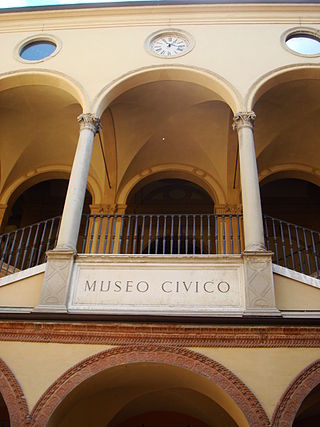
The Archaeological Civic Museum of Bologna is located in the fifteenth-century Palazzo Galvani building at Via dell'Archiginnasio 2 postal code 40124 Bologna, once known as the Hospital of Death. Founded in September 1881 by the merging of two separate museums: the one belonging to the University of Bologna – heir of the Room of Antiquity belonging to the Academy of Sciences founded by Luigi Ferdinando Marsili in (1714) – and that belonging to the City of Bologna (enriched by the antique collection of Artist Pelagio Palagi and the large amount of finds from excavations conducted in and around Bologna during these times.

The Kelsey Museum of Archaeology is a museum of archaeology located on the University of Michigan central campus in Ann Arbor, Michigan, in the United States. The museum is a unit of the University of Michigan's College of Literature, Science, and the Arts. It has a collection of more than 100,000 ancient and medieval artifacts from the civilizations of the Mediterranean and the Near East. In addition to displaying its permanent and special exhibitions, the museum sponsors research and fieldwork and conducts educational programs for the public and for schoolchildren. The museum also houses the University of Michigan Interdepartmental Program in Classical Art and Archaeology.

The Museum of Ancient Art in Aarhus, Denmark is museum dedicated to the ancient art and cultural history of the mediterranean countries, in particular Ancient Greece, Etruscan civilization and Ancient Rome. The museum is situated in the university campus in the district Midtbyen.

Amy C. Smith is the current Curator of the Ure Museum of Greek Archaeology and Professor of Classical Archaeology at Reading University. She is known for her work on iconography, the history of collections, and digital museology.

Annie Dunman Ure was an English archaeologist, who from 1922 to 1976 was the first Curator of the Ure Museum of Greek Archaeology. She and her husband Percy Ure conducted important excavations at Ritsona in Boeotia, Greece, making her one of the first female archaeologists to lead an excavation in Greece.
Vassos Karageorghis FBA was a Cypriot archaeologist and director of the Department of Antiquities, Cyprus.
The University of Queensland R.D. Milns Antiquities Museum is a collection housed on the St Lucia campus of the university. It was built to further the study of the classical civilisations of Greece, Rome, Egypt, and the Near East by secondary students, tertiary students and researchers as well as the general public.
